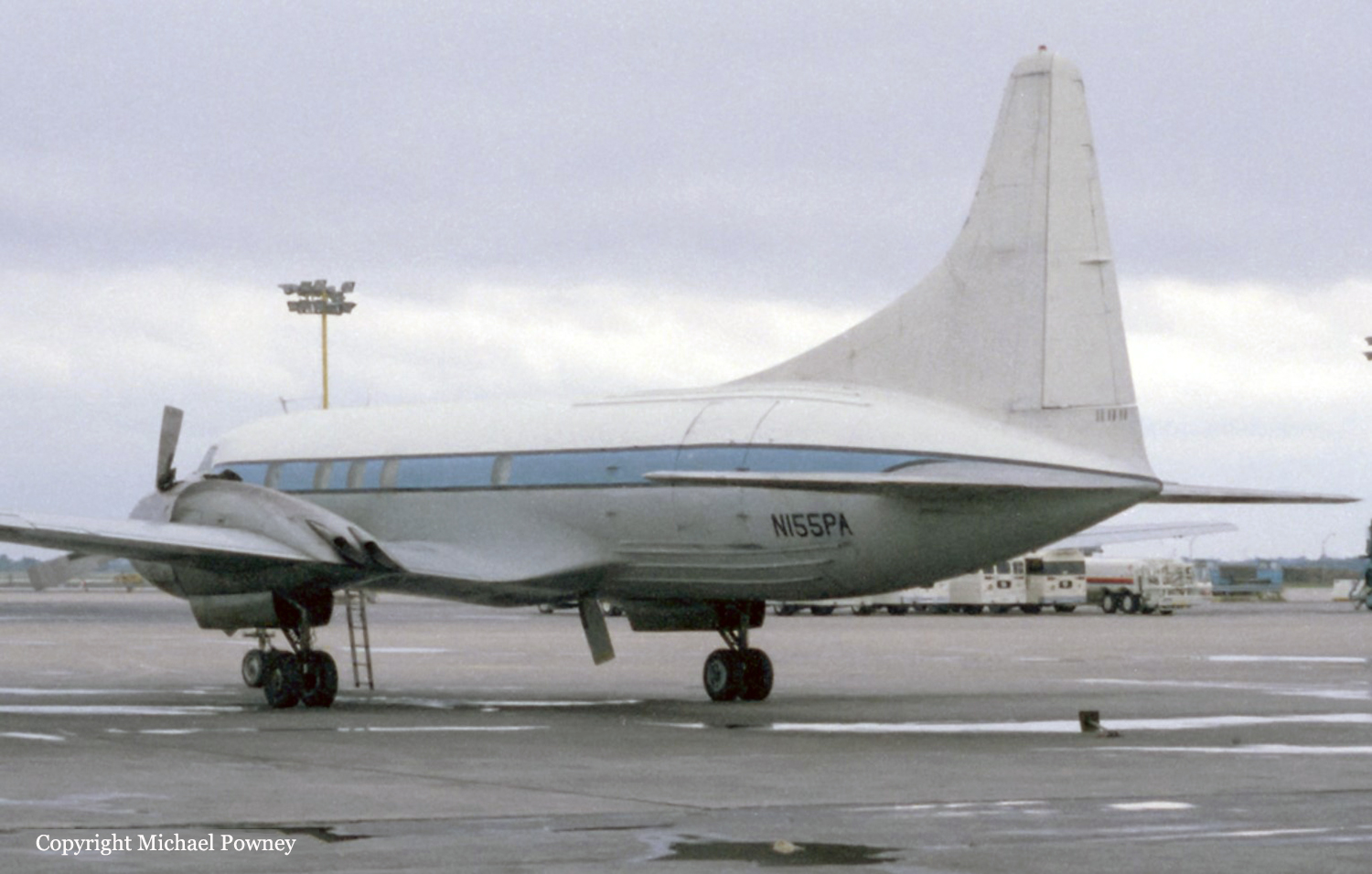Crash of a Cessna 414A Chancellor in Atlantic City: 1 killed
Date & Time:
May 17, 1986 at 2330 LT
Registration:
N414NY
Survivors:
Yes
Schedule:
Atlantic City - Atlantic City
MSN:
414A-0242
YOM:
1979
Crew on board:
2
Crew fatalities:
Pax on board:
2
Pax fatalities:
Other fatalities:
Total fatalities:
1
Captain / Total hours on type:
76.00
Aircraft flight hours:
2054
Circumstances:
During takeoff ground run, at a speed of 95 knots, the pilot pulled the control wheel back to lift off. The control wheel, according to the pilot, would not go back more than about 2 inches; which is less than half the normal full aft travel. The aircraft reached a speed of about 105 knots and had traveled more than half of the runway length when the pilot aborted the takeoff. The pilot was unable to stop the aircraft on the runway. The aircraft went off the runway and subsequently collided with an occupied car that was on a nearby street. The investigation revealed the left side VOR indicator had loosened from its mounting clamp on the instrument panel and it was laying against the control wheel tube, behind the instrument panel, limiting the control wheel to 2.5 inches of rearward travel. The pilot stated that he removed the control lock before engine start and performed a flight control check before takeoff. All four occupants were injured while on person in the car hit by the aircraft was killed.
Probable cause:
Occurrence #1: on ground/water collision with object
Phase of operation: takeoff - roll/run
Findings
1. (f) flight/nav instruments, course indicator - disconnected
2. (f) flt control syst, elevator control - movement restricted
3. (c) aircraft preflight - inadequate - pilot in command
----------
Occurrence #2: overrun
Phase of operation: takeoff
Findings
4. (c) aborted takeoff - delayed - pilot in command
5. Terrain condition - runway
6. (c) distance - inadequate - pilot in command
7. Aircraft performance - exceeded
8. (c) all available runway - exceeded - pilot in command
9. (c) judgment - inaccurate - pilot in command
----------
Occurrence #3: on ground/water collision with object
Phase of operation: takeoff
Findings
10. Object - vehicle
Phase of operation: takeoff - roll/run
Findings
1. (f) flight/nav instruments, course indicator - disconnected
2. (f) flt control syst, elevator control - movement restricted
3. (c) aircraft preflight - inadequate - pilot in command
----------
Occurrence #2: overrun
Phase of operation: takeoff
Findings
4. (c) aborted takeoff - delayed - pilot in command
5. Terrain condition - runway
6. (c) distance - inadequate - pilot in command
7. Aircraft performance - exceeded
8. (c) all available runway - exceeded - pilot in command
9. (c) judgment - inaccurate - pilot in command
----------
Occurrence #3: on ground/water collision with object
Phase of operation: takeoff
Findings
10. Object - vehicle
Final Report:



